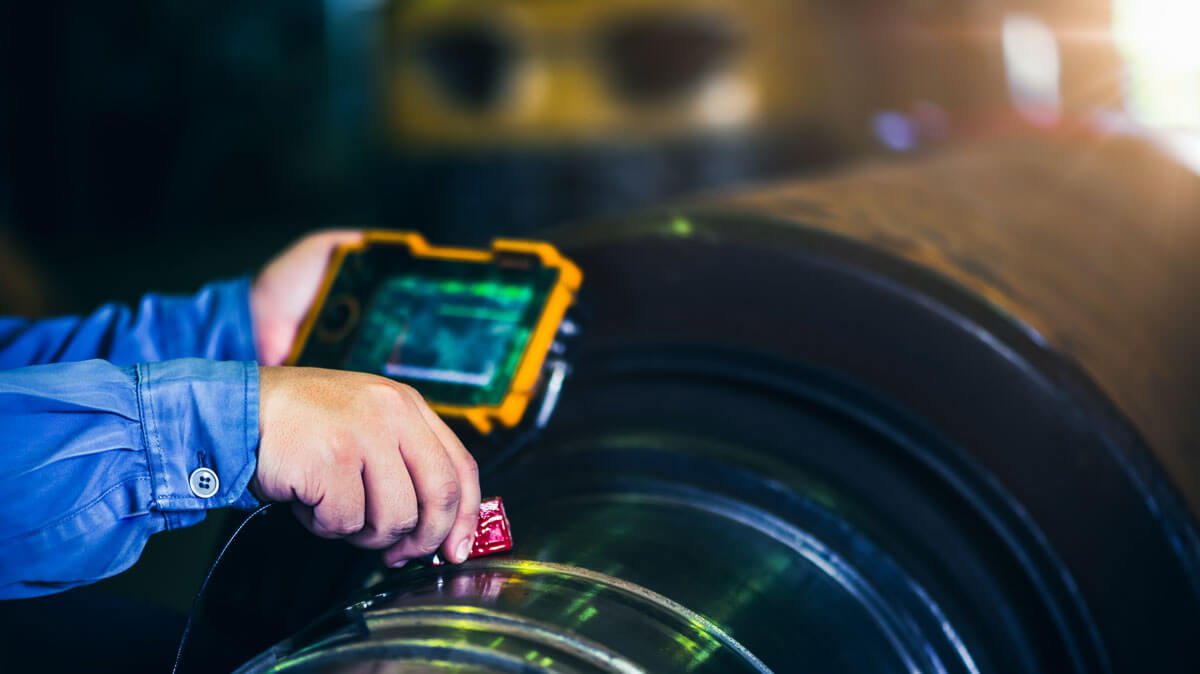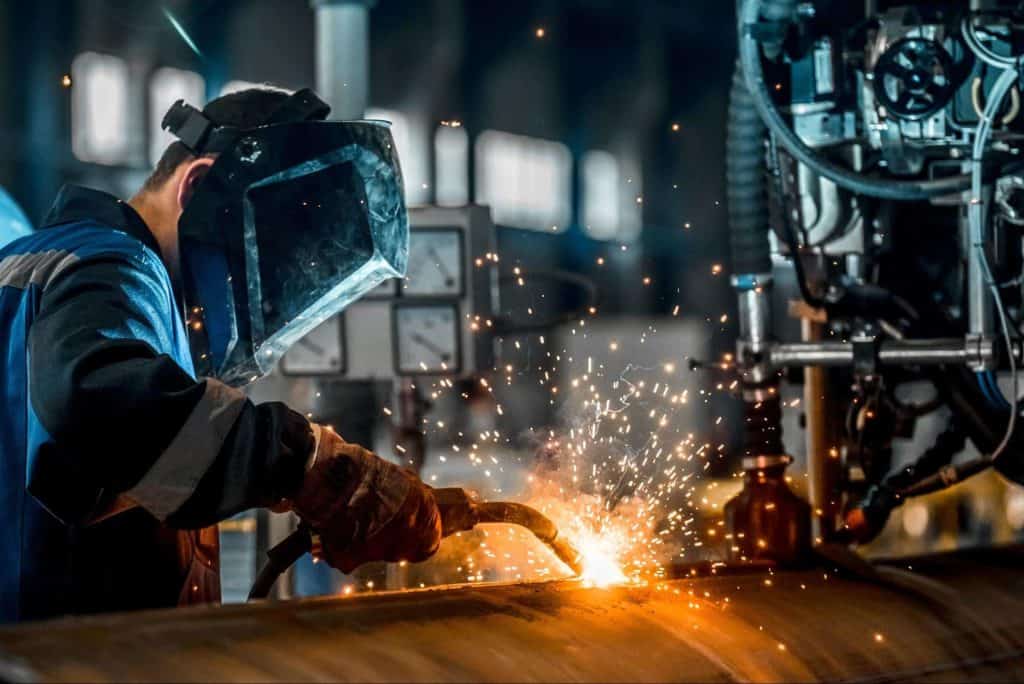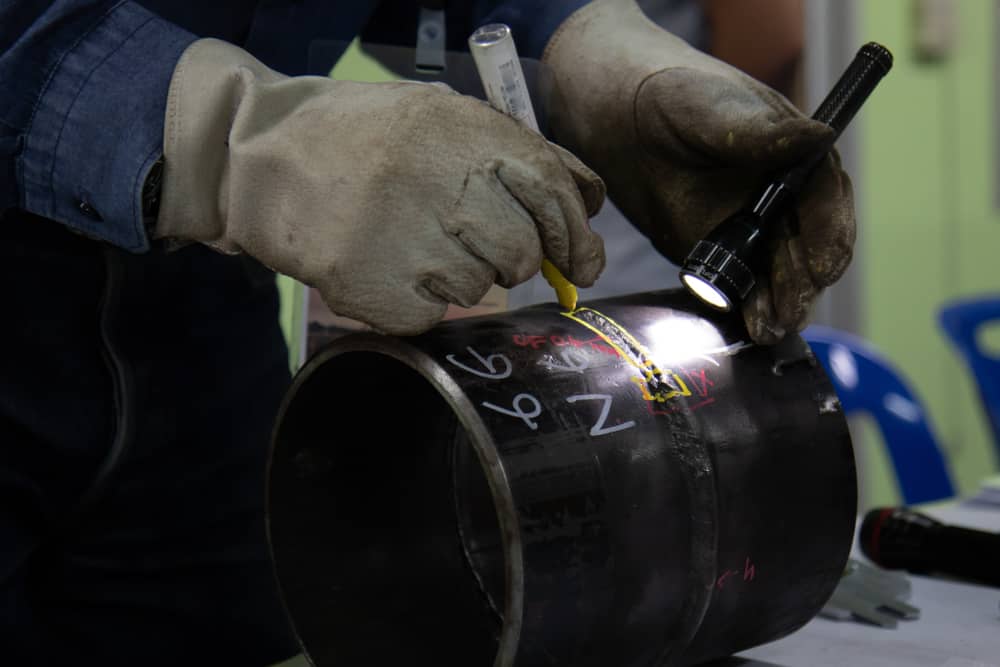Comprehensive Houston Welding Inspection for Improved Efficiency and Resilience
Wiki Article
A Comprehensive Overview to Recognizing Just How Welding Examination Functions: Strategies, Requirements, and Ideal Practices for High Quality Guarantee in Steel Manufacture
Recognizing the details of welding examination is critical for keeping the honesty of steel construction. Different techniques, such as aesthetic and ultrasonic testing, play a crucial role in determining potential defects, while adherence to established requirements makes sure compliance and sturdiness. Applying best practices can substantially enhance top quality assurance measures. Nonetheless, the landscape of welding assessment is not without its challenges. What difficulties arise in the field, and exactly how can these be successfully reduced? Discovering these elements reveals the deepness of this important technique.Value of Welding Evaluation
Although welding is a vital procedure in different markets, its stability straight affects the security and performance of structures and elements. Efficient welding inspection is vital for recognizing flaws that might endanger the high quality and resilience of welded joints. This procedure makes certain adherence to established requirements and requirements, which are essential for preserving architectural stability and functional dependability.Welding assessment serves numerous functions, including confirming that the welding procedure has been carried out correctly, examining the top quality of materials used, and verifying that the completed item fulfills governing and industry requirements (Houston Welding Inspection). Via rigorous inspection, potential issues such as porosity, cracks, and insufficient combination can be detected early, protecting against pricey fixings and alleviating safety risks
Furthermore, consistent welding evaluations foster confidence among stakeholders, including designers, customers, and governing bodies, by showing a dedication to quality control. The significance of welding evaluation can not be overstated; it is essential not just for conformity with legal requirements but likewise for improving the total performance of welded structures. Inevitably, a robust welding examination program is an aggressive procedure that safeguards against failures, ensuring the long life and integrity of welded components in their desired applications.
Typical Welding Evaluation Techniques

Visual examination is the initial line of defense, allowing assessors to recognize surface area flaws such as cracks, damages, or insufficient fusion. Radiographic screening uses X-rays or gamma rays to reveal inner problems, making it perfect for intricate welds. Ultrasonic screening uses high-frequency acoustic waves to identify subsurface flaws, providing specific measurements of weld integrity.
Magnetic bit testing is reliable for ferromagnetic materials, highlighting surface area and near-surface gaps when particles are put on a magnetic field. Alternatively, dye penetrant screening utilizes a fluid dye to disclose surface-breaking problems, making certain that even the tiniest defects are identified.
Each method has its toughness and restrictions, frequently demanding a combination of techniques for comprehensive evaluation - Houston Welding Inspection. By using these evaluation methods, quality assurance in steel fabrication is achieved, making my website certain that welded frameworks meet security and efficiency standards
Market Requirements for Welding


The American Welding Culture (AWS) and the American National Criteria Institute (ANSI) are 2 popular companies that establish welding standards. AWS D1.1, for instance, describes the requirements for welding steel frameworks, while AWS D1.2 concentrates on light weight aluminum. Worldwide, the ISO 3834 typical addresses quality requirements for fusion welding, providing a framework appropriate across national borders.

Finest Practices for High Quality Assurance
Quality assurance in welding is vital to achieving long lasting and safe building and constructions. Establishing a detailed quality administration system (QMS) customized to the specific welding job is essential.Normal training and accreditation of welding workers are crucial for keeping a knowledgeable labor force. Constant education and learning on the current welding methods and modern technologies ensures that examiners and welders are educated about present criteria and techniques.
Additionally, special info carrying out pre-weld inspections to assess products and tools can protect against defects before they happen. Houston Welding Inspection. Throughout the welding procedure, real-time monitoring and paperwork of welding specifications assist recognize incongruities instantly. Post-weld inspections ought to include complete exams utilizing non-destructive screening (NDT) techniques to make sure the honesty of the welds
In addition, keeping clear interaction amongst employee advertises a society of top quality. Routine audits and evaluations of the welding process assistance determine locations for renovation. By sticking to these finest methods, organizations can achieve optimal quality control, inevitably bring about boosted safety and security and efficiency in steel construction tasks.
Obstacles in Welding Examination
Although welding inspection is vital for guaranteeing structural honesty, it presents a selection of difficulties that can complicate the evaluation process. One significant challenge is the irregularity in welding methods and materials made use of, which can influence the uniformity of weld high quality. Different welders might utilize varying approaches, causing discrepancies that inspectors demand to determine and evaluate.
An additional difficulty involves the detection of defects. Non-destructive screening (NDT) methods, such as radiographic and ultrasonic screening, can be intricate and need experienced technicians to interpret outcomes properly. Incorrect positives or downsides can happen, possibly resulting in pricey rework or compromised security.
In addition, the visibility of ecological variables, such as temperature level and moisture, can affect the stability of welds and the effectiveness of examination methods. Inspectors have to likewise browse the regulative landscape, making sure conformity with sector requirements, which can differ by jurisdiction and application.
Final Thought
In conclusion, welding inspection plays a vital role in ensuring the honesty and safety and security of metal construction. Using a range of examination methods, sticking to well-known sector requirements, and implementing reliable quality administration practices collectively enhance the dependability of bonded structures. In spite of the obstacles faced in the assessment process, a dedication to constant renovation and adherence to ideal methods can considerably boost the quality control structure, promoting better self-confidence amongst stakeholders in the welding sector.Reliable welding assessment is crucial for recognizing defects that can endanger the top quality and sturdiness of bonded joints.Furthermore, regular welding inspections foster self-confidence among stakeholders, including engineers, customers, and regulatory bodies, by demonstrating a commitment to quality assurance.The American Welding Culture (AWS) and the American National Standards Institute (ANSI) are 2 famous organizations that establish welding standards. Throughout the welding process, real-time surveillance and documents of welding parameters aid identify variances immediately. Regardless of the obstacles dealt with in the assessment process, a dedication to continuous improvement and adherence to ideal techniques can substantially boost the high quality assurance structure, cultivating greater confidence amongst stakeholders in the welding industry.
Report this wiki page